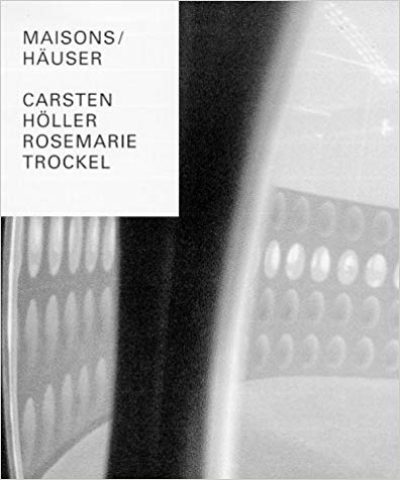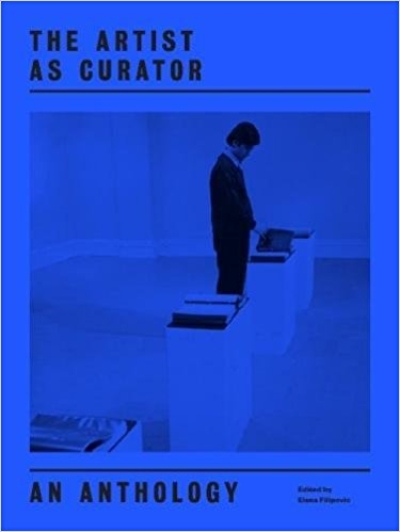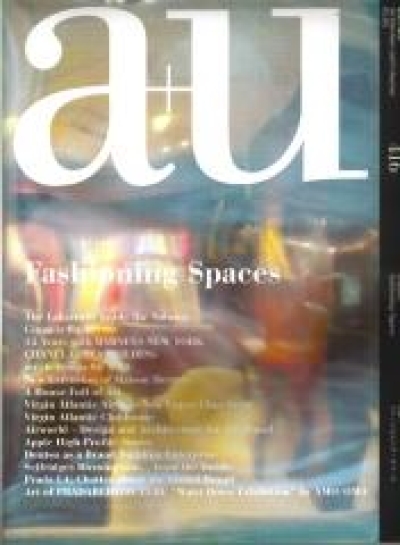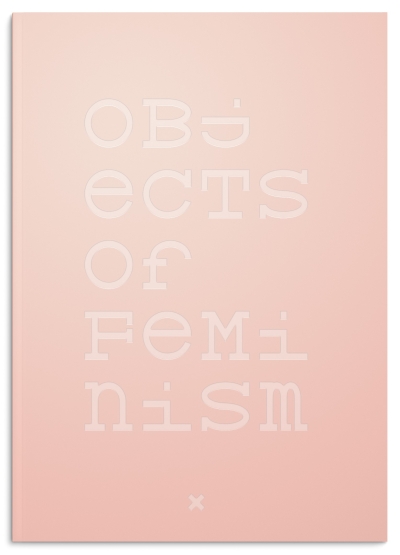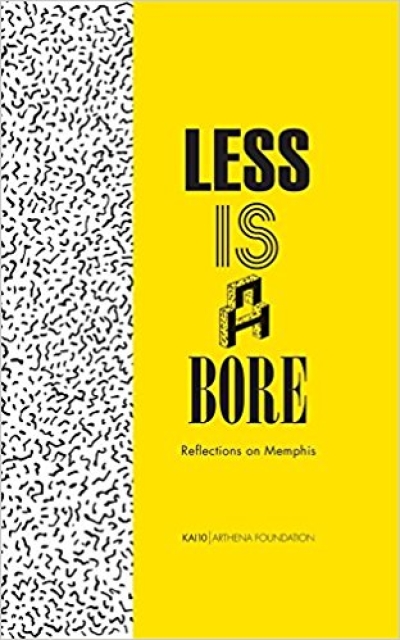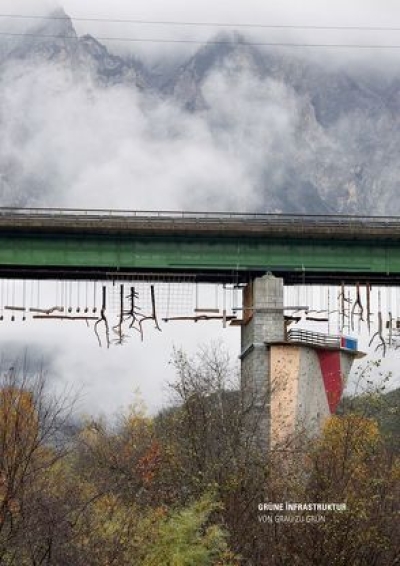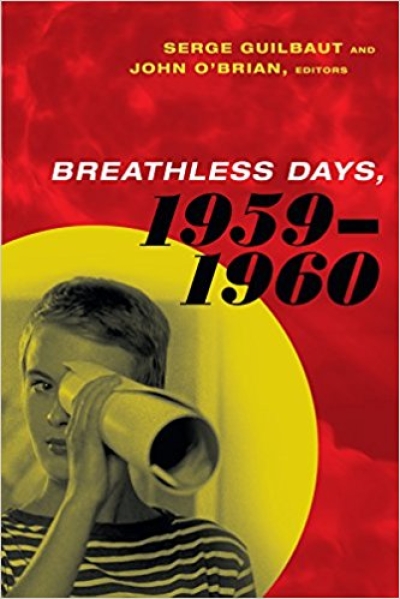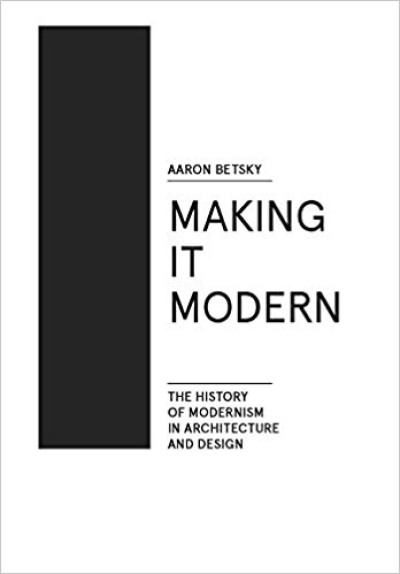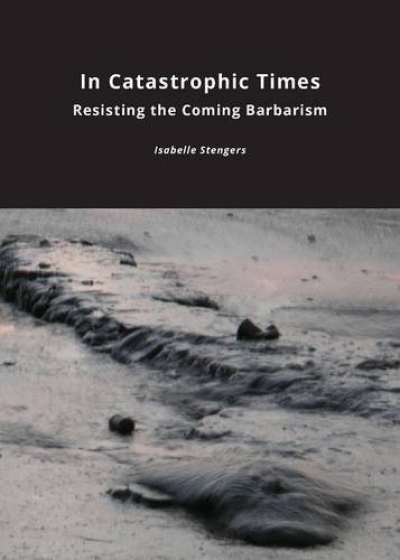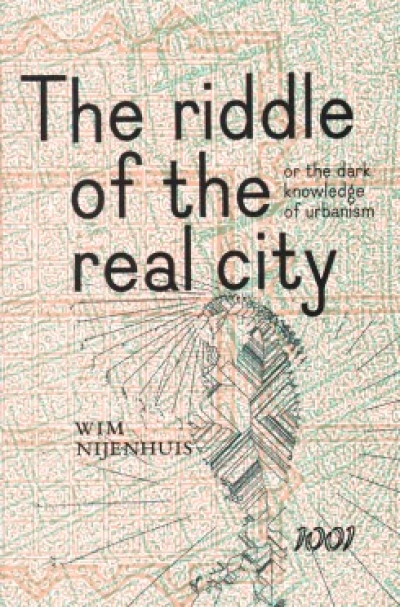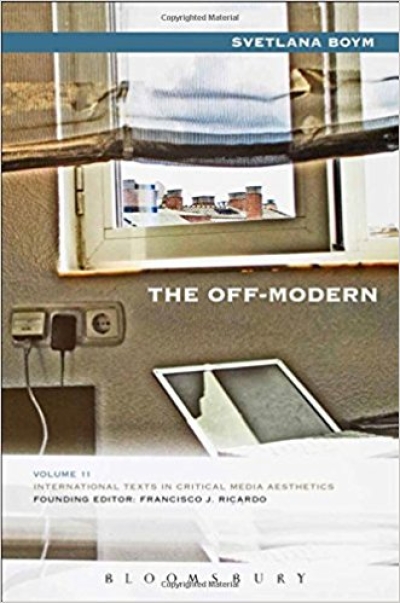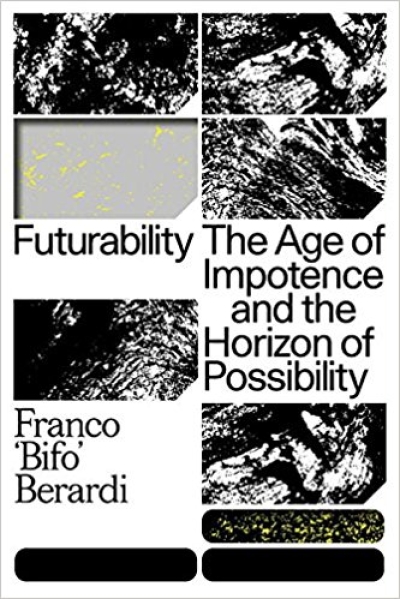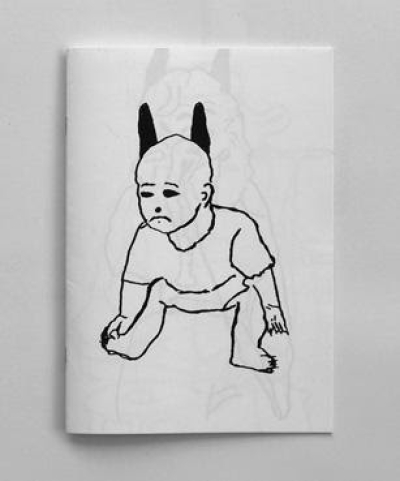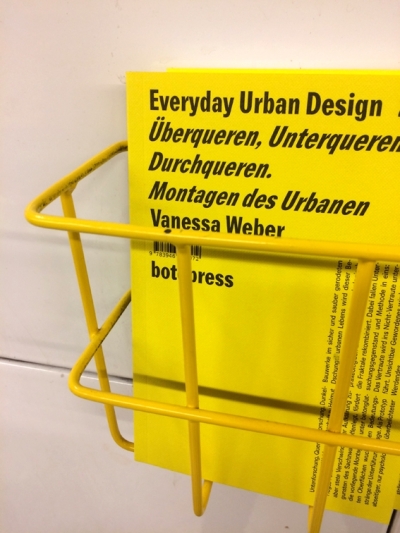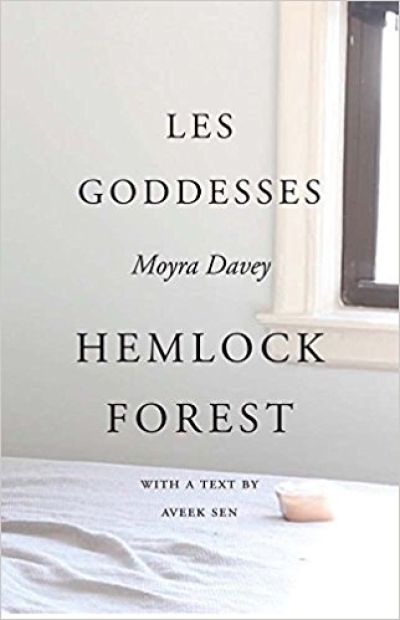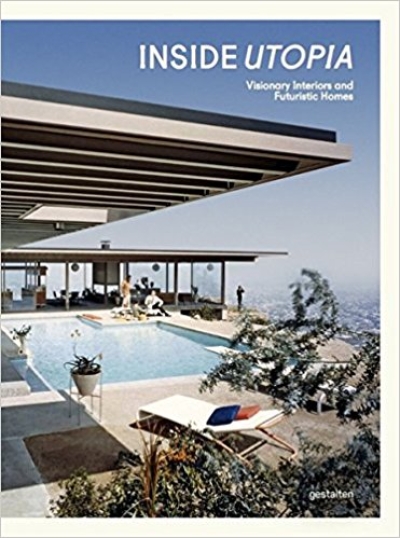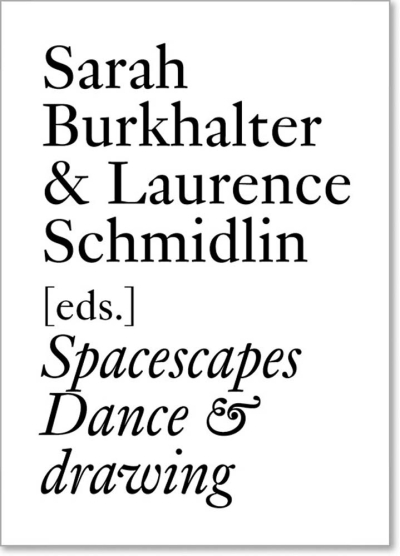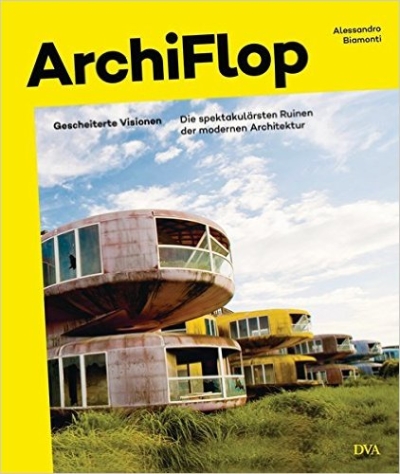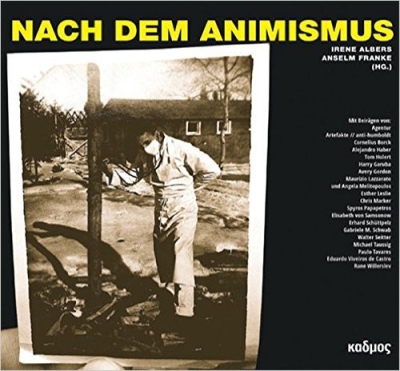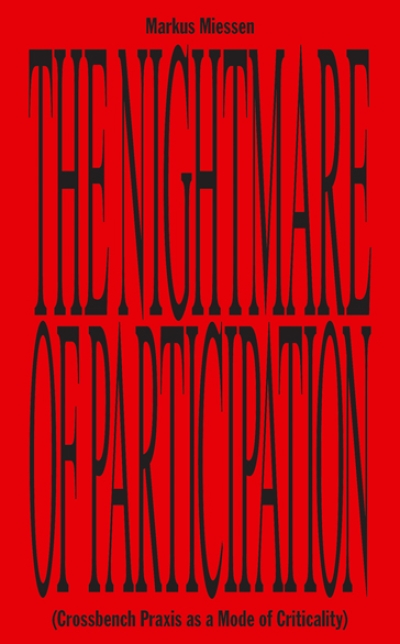
The Nightmare of Participation
The Nightmare of Participation
(Crossbench Praxis as a Mode of Criticality)
Including an introduction by Eyal Weizman, a conversation with Chantal Mouffe, an interview by Hans Ulrich Obrist, and post-scripts by Bassam El Baroni, Jeremy Beaudry, and Carson Chan.
Welcome to Harmonistan! Over the last decade, the term “participation” has become increasingly overused. When everyone has been turned into a participant, the often uncritical, innocent, and romantic use of the term has become frightening. Supported by a repeatedly nostalgic veneer of worthiness, phony solidarity, and political correctness, participation has become the default of politicians withdrawing from responsibility. Similar to the notion of an independent politician dissociated from a specific party, this third part of Miessen’s “Participation” trilogy encourages the role of what he calls the “crossbench practitioner,” an “uninterested outsider” and “uncalled participator” who is not limited by existing protocols, and who enters the arena with nothing but creative intellect and the will to generate change.
Miessen argues for an urgent inversion of participation, a model beyond modes of consensus. Instead of reading participation as the charitable savior of political struggle, Miessen candidly reflects on the limits and traps of its real motivations. Rather than breading the next generation of consensual facilitators and mediators, he argues for conflict as an enabling, instead of disabling, force. The book calls for a format of conflictual participation—no longer a process by which others are invited “in,” but a means of acting without mandate, as uninvited irritant: a forced entry into fields of knowledge that arguably benefit from exterior thinking. Sometimes, democracy has to be avoided at all costs.
Markus Miessen (*1978) is an architect, consultant, and writer based in Berlin. He runs the collaborative agency for spatial practice Studio Miessen, is co-founder of the architectural practice nOffice, and director of the Winter School Middle East (Kuwait). Miessen has taught at institutions such as the Architectural Association (London), Columbia, and MIT. He is currently a Professor for Architecture and Curatorial Practice at the Hochschule für Gestaltung in Karlsruhe, Germany, a Harvard Fellow, and completing his PhD at the Centre for Research Architecture (Goldsmiths, London).
www.studiomiessen.com
www.nOffice.eu
www.winterschoolmiddleeast.org
Design by Z.A.K.
http://www.sternberg-press.com/index.php?pageId=1270&l=en&bookId=165&sor...

